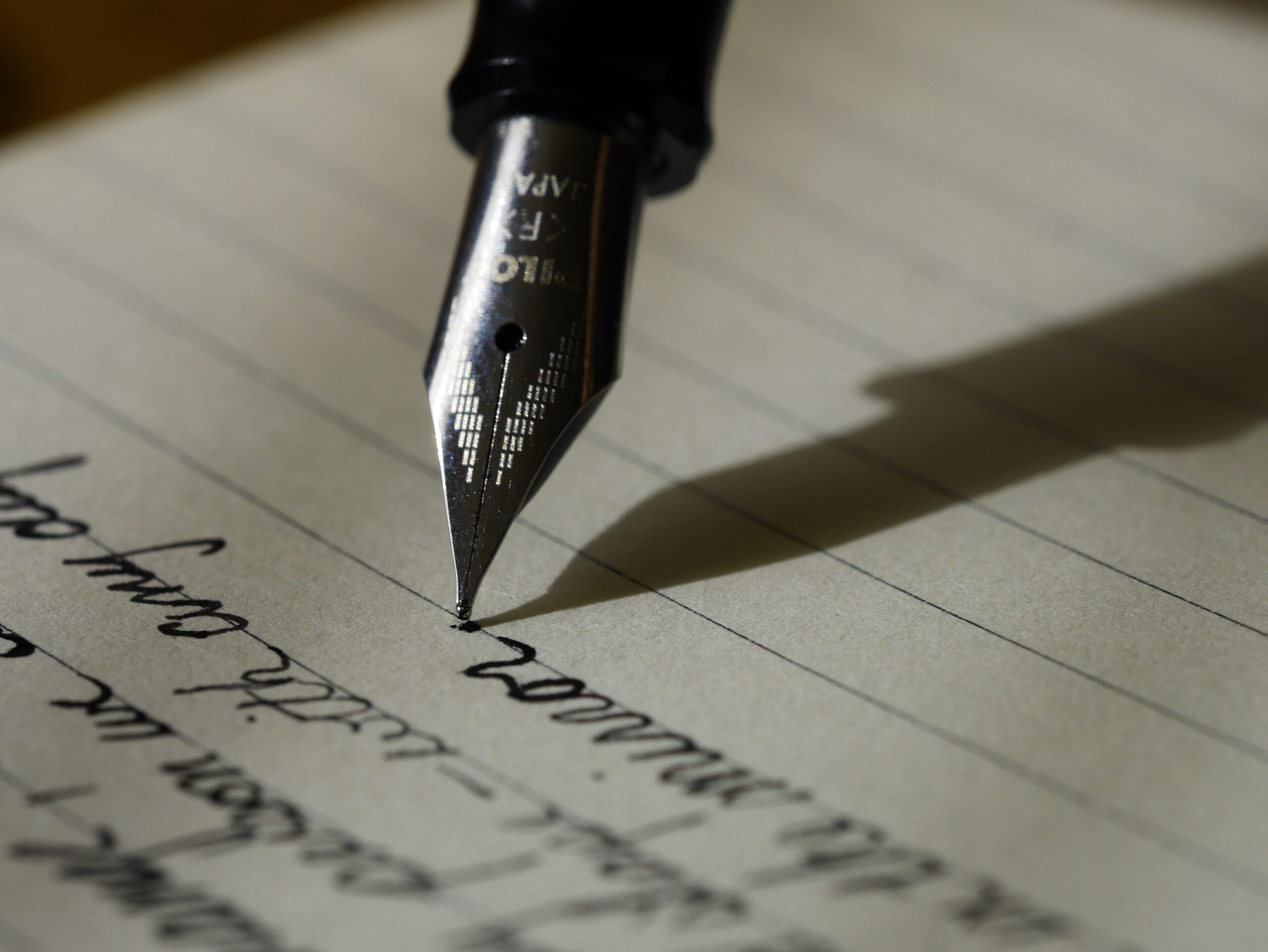In the realm of scientific inquiry and experimentation, precision is paramount. The measurement of physical phenomena necessitates a suite of tools that can provide quantitative data with unwavering reliability. One might ponder: what would the world of physics be without accurate measurements? This inquiry not only highlights the integrity of scientific research but also poses a fascinating challenge—how do we select the best measuring tools for our needs? Below, we will elucidate six indispensable measuring tools that every physicist should have in their arsenal, each serving a unique purpose in the grand tapestry of measurement.
1. Caliper
The caliper is a versatile instrument replete with utility, enabling precision in measurement of dimensions such as length, depth, and internal/external diameters. Available in both digital and mechanical forms, this tool operates through a sliding mechanism that allows users to obtain measurements with an accuracy of up to 0.01 mm. The ability to measure incredibly fine dimensions makes calipers indispensable in fields such as engineering and manufacturing. However, wielding a caliper requires a skillful hand, as even the slightest deviation can lead to significant inaccuracies. The challenge lies in mastering the art of reading and interpreting the markings on the device, particularly under a time constraint or in high-pressure scenarios.
2. Anemometer
Wind speed can radically affect experimental outcomes, especially in environmental physics or aerodynamics. An anemometer is designed to measure wind velocity, whether in the context of meteorological studies or aviation. There are various types, including cup, vane, and hot-wire anemometers, each tailored for specific applications. For instance, while cup anemometers are excellent for general wind measurements, hot-wire anemometers excel in assessing airflow in laboratory settings. As one navigates the selection of an anemometer, the challenge of accurately correlating the readings under varying environmental conditions—such as temperature and humidity—inevitably surfaces. How does one ensure that their data retains its integrity amidst nature’s fluctuating whims?
3. Multimeter
Employing a multimeter is akin to wielding a Swiss Army knife for electrical measurements. This tool allows physicists to measure voltage, current, and resistance, providing a comprehensive suite for diagnosing and understanding electrical circuits. The dual functionalities of analog and digital multimeters facilitate ease of use across varying levels of expertise. However, with great versatility comes great complexity; selecting the appropriate settings requires a discerning eye and sharp analytical skills. A formidable challenge awaits in distinguishing between alternating current (AC) and direct current (DC) measurements. How proficient can one become in employing this tool to unravel the mysteries of circuitry?
4. Oscilloscope
The oscilloscope stands as a majestic titan in the world of electronic measurement, capable of visualizing electrical signals over time. By graphing voltage against time, an oscilloscope provides experts with a wealth of information regarding signal behavior, including frequency, amplitude, and waveform shape. It is particularly vital in fields such as telecommunications and audio engineering, where understanding signal integrity is crucial. Yet, navigating the myriad controls and interpretative challenges is not for the faint-hearted. The epistemic challenge emerges when attempting to accurately analyze transient phenomena that occur on extremely short time scales. How does one distill all of this information into actionable insights without succumbing to information overload?
5. Thermometer
Temperature influences a multitude of physical processes, making the thermometer an essential tool in both laboratory and field settings. Various types exist, from traditional mercury thermometers to advanced digital thermometers, each with specific applications. Thermocouples, for example, offer remarkable responsiveness and versatility, capable of measuring extreme temperatures. While some may consider inserting a thermometer into a substance and reading the measurement a straightforward task, challenges abound. The thermal mass of the sensor, environmental interference, and calibration issues can create hurdles that must be meticulously navigated. What strategies can be employed to mitigate these variables when precision is non-negotiable?
6. Spectrophotometer
In the quest to understand the intricacies of materials, the spectrophotometer emerges as a critical tool for analyzing light. By measuring the intensity of light at various wavelengths, this device facilitates the exploration of a material’s optical properties, including absorbance and transmittance. Spectrophotometers are indispensable in chemistry, biology, and materials science, offering insights that can elucidate molecular and atomic structures. However, the challenge lies in interpreting the spectra obtained; the myriad of peaks and troughs demand a keen analytical mind to decipher underlying properties accurately. How can researchers refine their spectroscopic technique to ensure the fidelity of their interpretations?
In conclusion, the selection and application of measuring tools in physics are replete with both challenges and rewards. Mastering these instruments not only enhances the fidelity of scientific endeavors but also enriches the understanding of the universe we inhabit. Armed with these tools and an inquisitive mindset, physicists can continue pushing the boundaries of knowledge, ultimately unraveling the mysteries that lie at the heart of nature.










